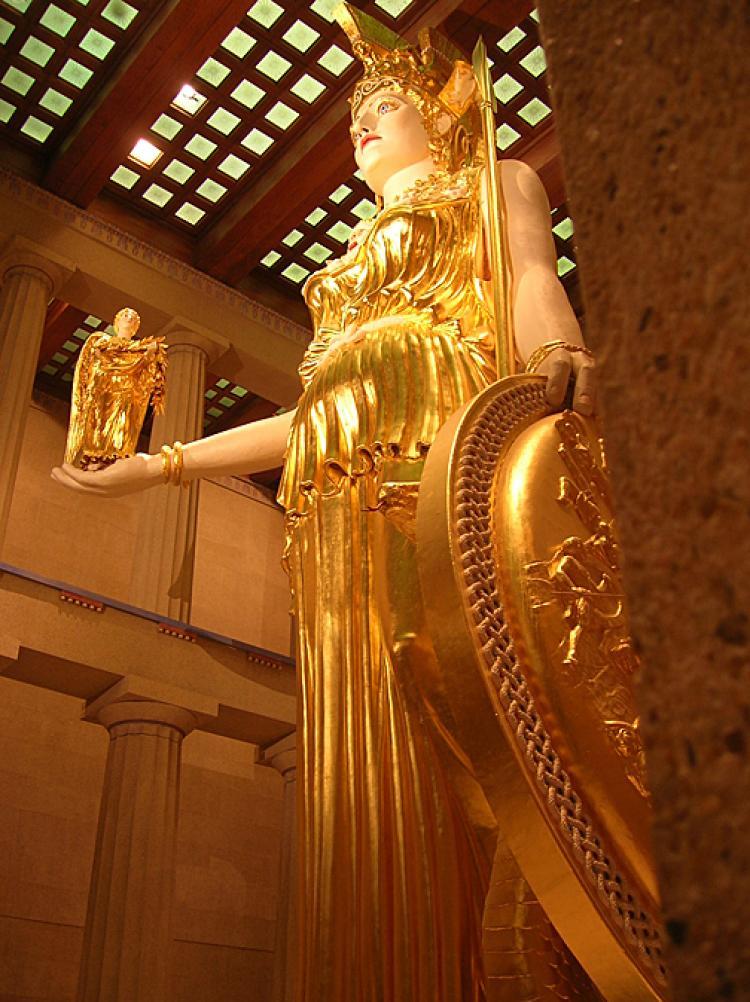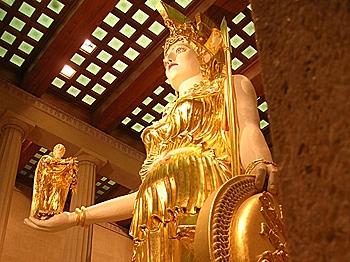
The ancient Greeks had a saying that was recalled some years later by Vitruvius, a Roman mathematician: “He [the architect] should know writing, be skilled in drawing, and trained in geometry. He should be able to recall many histories, listen carefully to the philosophers, not be ignorant of medicine, know music, remember the responses of jurisconsults, and be well acquainted with astrology and the order of the heavens.”
In the Hellenic period, artists-sculptors observed the human body in order to portray it perfectly. But why should a sculptor know music?
The way a Greek athlete throws the disc was called “rythmos,” which means rhythm. A Greek athlete knew the exact mechanics of the body and its rhythm, which he used in combination with the rotation of his body in order to throw the best shot.
Just as athletes must understand rhythm, architects also had to know music, because with music they could better understand the essence of any action—useful for sculpting the human body in action—and the essence of what makes a building safe.





